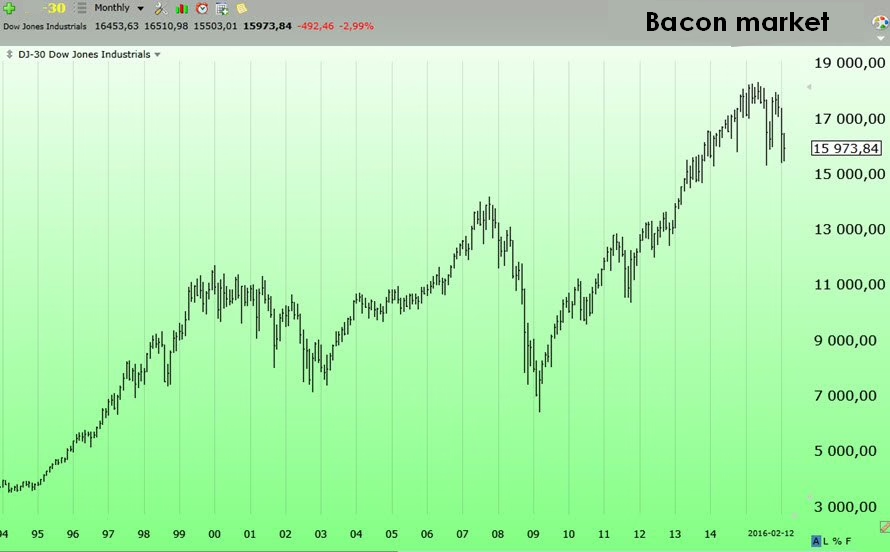
The superficiality of the art market. The contemporary art market is often criticized for its superficiality. There is great confusion between the price of works and their true artistic value. Indeed, this drift, fuelled by rampant speculation and sensationalist media coverage, often transforms art into a mere financial product. Even to the point of eclipsing the intrinsic, intellectual dimension of artistic creations. This phenomenon raises an essential question: how can we assess the value of a work of art beyond its price?
The art market: quantified objectives?
One of the main symptoms of this superficiality is the obsession with record sales. At spectacular auctions, works of contemporary art often fetch staggering prices. In this way, they become media events that distract attention from the actual content of the works. Artists like Jeff Koons or Damien Hirst, who dominate the auction scene, generate millions. This creates confusion between the high price of a work and its artistic or cultural value. However, the price often reflects speculative demand and the artist's prestige rather than the intrinsic quality of the work. Ultimately, what counts is how much the work can bring in for its buyer or the gallery selling it, in keeping with the superficiality of the art market.
Secondly, this excessive commodification of art is part of a capitalist logic in which the work becomes a financial asset like any other, like shares or real estate. Some collectors are no longer guided by a love of art. Rather, they are motivated by an investment strategy. They look for works of art that will rapidly increase in value on the market. This dynamic encourages a formatted artistic production, where artists, aware of these mechanisms, adapt their work to meet the expectations of a market in search of quick profits. The result is a standardization of styles, a repeated use of tried-and-tested formulas, rather than genuine creative exploration. In this way, the superficiality of the art market has a direct influence on artistic production.
At the source of art, rising above profit

The superficiality of the art market, or financial speculation.
The notion of artistic value perverted. Traditionally, art is supposed to provide something irreplaceable: a singular vision, an emotion, a reflection on the world, society or human existence. The value of a work lies in its power to provoke thought, capture a timeless essence or defy convention. Of course, it also depends on the historical, social and cultural context of its creation. It also depends on the artist's originality and the depth of his or her message. Yet in today's art market, this dimension seems to be increasingly neglected in favor of a simple race for profits.
Undeniably, the role of galleries, art dealers and auction houses in this superficiality is crucial. These intermediaries are often more interested in sales than in the quality of the works. This is why they contribute to the artificial inflation of prices and the promotion of art calibrated to appeal to the widest possible audience or to wealthy collectors. Emerging artists can thus be "launched" with a well-crafted marketing strategy. Only to see their value plummet once the hype wears off. This volatility illustrates the gap between the real value of art and prices that are disconnected from any aesthetic or cultural consideration, which is a major aspect of the superficiality of the art market.
Fashions, Insta and the art market
The role of the media and social networks amplifies this confusion between price and value. An artist's success is measured by his or her popularity. The works that attract the most attention are not always those that offer genuine artistic innovation. Rather, they are those that capture the zeitgeist in a catchy way. Admittedly, this media coverage allows for a partial democratization of access to art. It also reinforces the idea that the value of a work can be measured by its visibility and price, not by its depth. In this sense, social networks have also encouraged the superficiality of the art market.
Ultimately, the superficiality of the art market creates confusion between price and value, reflecting a wider crisis of our times. Things are judged by their profitability rather than by their true meaning or cultural impact. Art, ashuman expression, should not be reduced to a mere commodity. Its true value lies in its ability to transcend fashions. To transcend market fluctuations, to touch the mind and soul. Above all, it opens windows onto new ways of seeing and understanding the world, in stark contrast to the superficiality of the art market. Price, on the other hand, is only a temporary measure, often arbitrary, and above all superficial.
